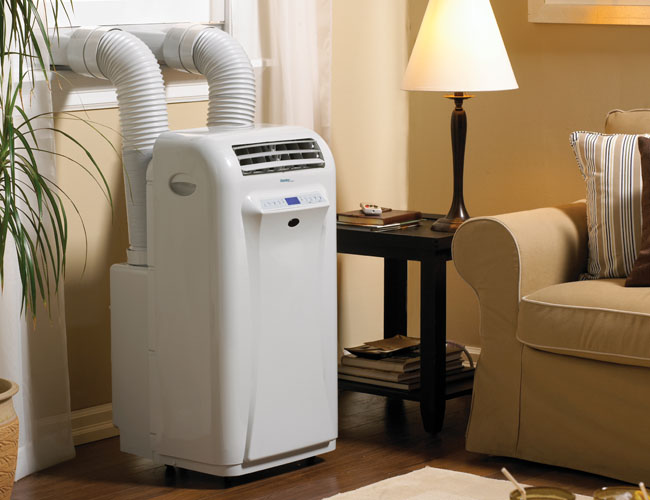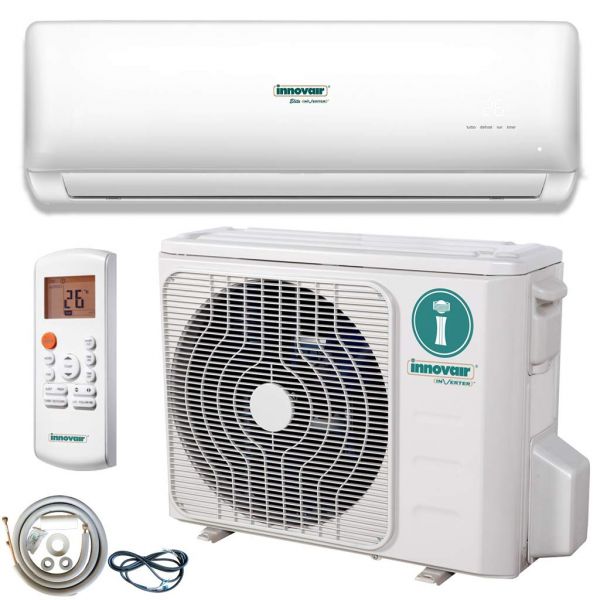As the warmer months approach, the need for effective and affordable cooling solutions becomes increasingly apparent. While central air conditioning is a popular choice, it’s not always feasible or budget-friendly for everyone. That’s where portable air conditioning comes in. I’m here to guide you through the ins and outs of these convenient cooling devices, helping you determine if they’re the right fit for your needs.
Understanding Portable Air Conditioners
Portable air conditioners are self-contained units that cool a room by drawing in warm air, cooling it with refrigerant, and then exhausting the hot air outside through a window vent. Unlike window units, they don’t require permanent installation and can be easily moved from room to room. This flexibility makes them an excellent choice for those who live in apartments, dorms, or homes without central air.
Benefits of Choosing a Portable AC

- Portability: The most significant advantage is undoubtedly their portability. You can easily move them to wherever you need cooling the most, whether it’s your bedroom at night or your home office during the day.
- No Permanent Installation: Unlike window or central air conditioners, you don’t need to worry about complicated installations or making permanent alterations to your home.
- Cost-Effective: Portable ACs are generally more affordable than central air systems and can be a budget-friendly option for cooling specific rooms.
- Easy to Store: When not in use, they can be easily stored away, saving space and avoiding the obstruction of a window unit.
Choosing the Right Portable AC

When selecting a portable air conditioner, it’s important to consider a few key factors:
- BTU Rating: The British Thermal Unit (BTU) rating indicates the cooling capacity of the unit. Choose a BTU rating appropriate for the size of the room you intend to cool. Too low, and it won’t be effective; too high, and you’ll waste energy.
- Room Size: Match the AC’s BTU rating to the square footage of your room for optimal cooling.
- Features: Look for features like adjustable fan speeds, programmable timers, and sleep modes to enhance your comfort and convenience.
- Noise Level: Some units can be quite noisy, so check the decibel rating if noise is a concern.
- Energy Efficiency: Look for models with a high Energy Efficiency Ratio (EER) to save on energy costs.
In conclusion, portable air conditioning offer a versatile and convenient cooling solution for those seeking flexibility and affordability. By considering the factors mentioned above, you can choose the right unit to keep you cool and comfortable all summer long.

I just picked up a Hisense from Canadian Tire. It appears to be working pretty well keeping the living room cool.